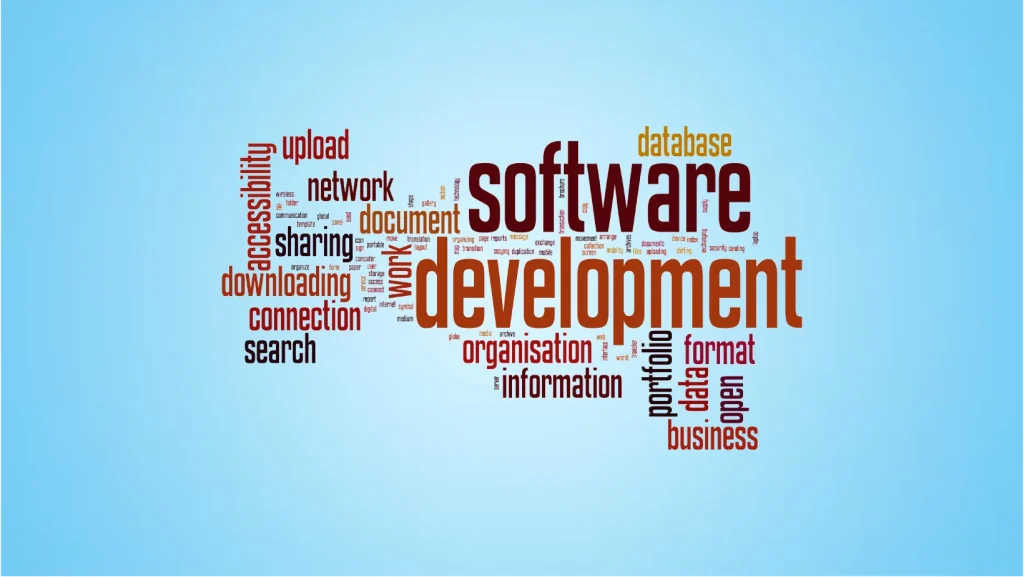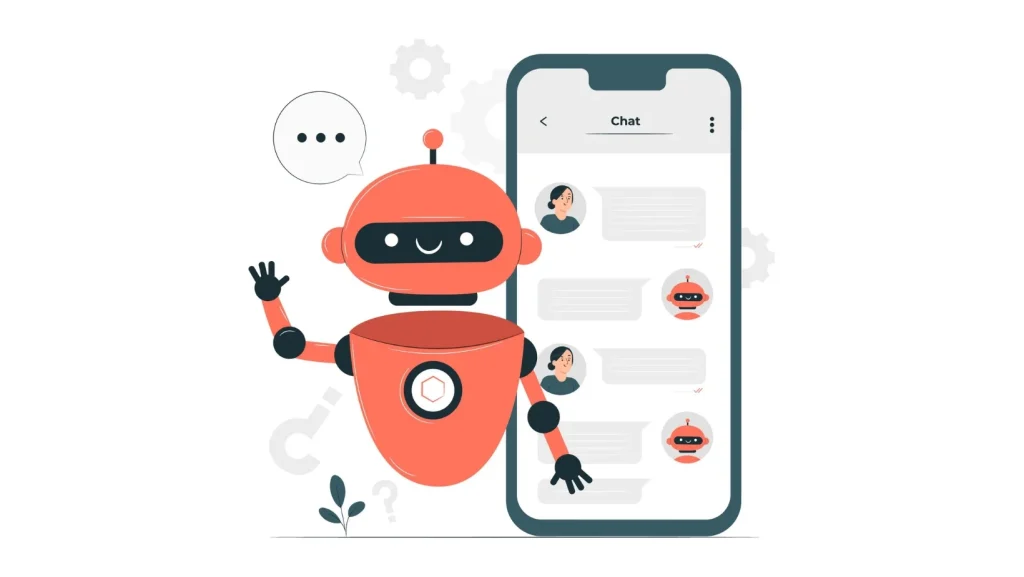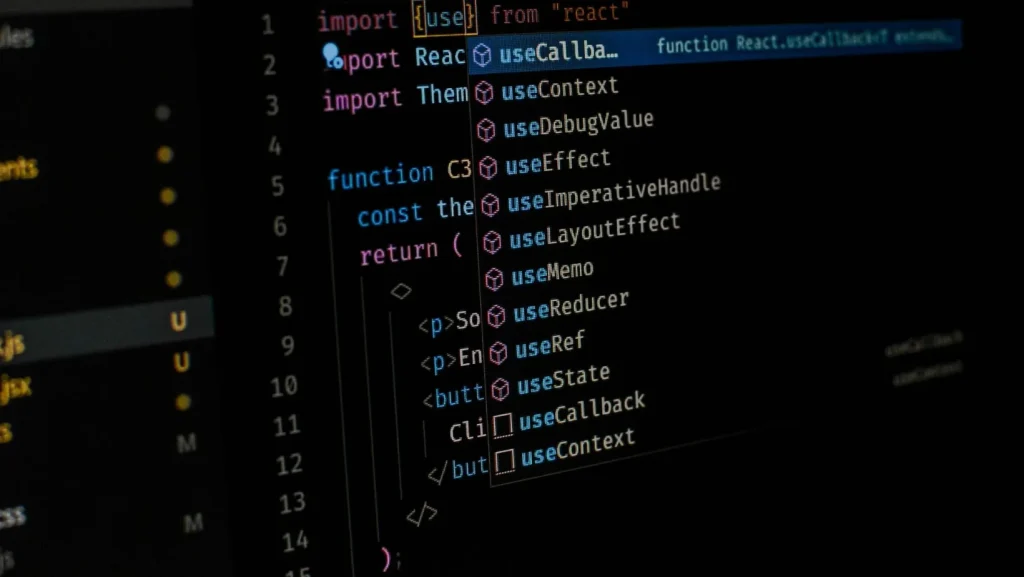Exploring Computer Science Core Topics

From handheld gadgets to massive supercomputers, software drives innovation across industries today. Also, understanding what enables these computational capabilities provides the power to shape what comes next. By exploring computer science core topics, students uncover fundamentals empowering technology transformation.
Defining the Field of Computer Science
Simply stated, computer science focuses on developing systems that store, process, and communicate information digitally. In addition. the field seeks to transform data into insights and automation through software, hardware, algorithms, and more. So, beyond coding apps and assembling devices, exploring computer science involves advancing capabilities and amplifying human potential.
Why Study Computer Science?
Exploring computer science technology progresses humanity by enhancing efficiency, expanding accuracy, and enabling discovery across domains. In brief, exploring computer science unlocks solutions to society’s multifaceted challenges from personalized medicine to automated transportation. So, those learning these vital capabilities access tools to craft the lives and world they envision.
Overview of Exploring Computer Science Core Topics
A universe of specialties arises from computer science foundations. While exploring interests like “Edgenuity Earth Science“, baseline literacy across core topics empowers impact in any direction pursued. Here we survey key fundamentals powering computing innovations through categories including concepts, languages, architecture, systems, data, networking, security, and intelligence.
Fundamental Concepts Driving Computing
There are three types of key fundamental concepts in driving computing:
Algorithms for Problem-Solving
In brief, exploring computer science an algorithm refers to a sequence of instructions converting inputs into expected outputs by leveraging data structures and programming techniques. Also, learning to develop efficient algorithms for tasks like sorting, searching and data compression enables complex calculations. Exploring examples like Dijkstra’s algorithm for shortest-path routing builds computational problem-solving skills.
Organizing Information in Data Structures
As quality tools assist quality work, structured programming depends on strategic data arrangements. Data structures provide standard means for handling data relationships critical across applications. Arrays simply store related information for serial access while linked lists enable non-linear connections. Stacks/queues order data access via last-in-first-out and first-in-first-out. Trees and graphs can represent hierarchical and network linkages in data.
Exploring Computer Science Programming Paradigms
The approach used to architect a system’s components and interactions guides implementation. Also, imperative programming focuses on declaring sequential instructions for strictly defined results. Then, declarative programming expresses the logic independently, letting the interpreter handle lower-level execution details. So, object-oriented programming conceptualizes components as objects passing messages. Functional programming structures everything as mathematical functions avoiding mutable states. Each paradigm informs solutions.
Programming Languages: Communicating with Computers
While hardware handles computation, we cannot tap this power without programming languages bridging human understanding and electronic circuits whether exploring languages for coding an app or designing a database, grasping differences in syntax and capabilities guides what languages best fit particular projects.
Exploring Computer Science High-Level and Low-Level Languages
While exploring computer science High-level languages like Python use vocabulary closer to human language for accessible development. Low-level languages like C provide direct hardware control for optimized performance. In practice, software systems integrate languages based on the strengths needed.
Language Syntax and Semantics
Programming languages rely on precise syntax, the structure dictating statements, expressions, and arrangements within code. Rigorously following syntax rules enables successfully compiling human-readable code into executable machine code. Semantics give meaning to syntax by formally defining how program elements behave. Mastering syntax/semantics propels progress.
Exploring Computer Science Navigating Architecture
The magic of software rests on computing hardware evolving from basic electrons into complex capabilities through embedded architectural designs. While apps abstract away underpinning infrastructure, appreciating key components and structure reveals how physical computing devices handle information flow.
CPU, Memory Storage, and Input/Output Connectivity
The CPU contains tiny transistors coordinating calculations through fetching/decoding instructions and processing data. Information gets stored and retrieved from temporary memory like RAM and permanent memory like SSDs. Enabling external communication via inputs like keyboards or touchscreens together with outputs like monitors or motors requires dedicated circuitry. Architected thoughtfully, mundane materials enable brilliance.
Operating Systems Control Computing Resources
In exploring computer science the operating system software manages access across hardware resources, acting as the mediator between applications and devices. Also, personal gadgets like phones, Windows, iOS, and Android operating systems enable intuitive operation. So, At enterprise scales, Linux efficiently coordinates massive computations. In summary, understanding the virtualization, process scheduling, memory allocation, multi-user support, and file systems provided by operating systems clarifies capabilities.
Software Development Life Cycle: Creating Applications
While ideas energize innovation, meticulous methodology manifests possibilities. Exploring computer science means not just using software, but crafting software – an intricate process progressing from conception to maintenance.
Phases: Requirements, Design, Coding, Testing and Deployment
Defining detailed functionality requirements focuses on designs scoping essential components and interactions. Architectural plans lead coding implementation per syntax standards. Rigorous mistake-finding tests give confidence before release. Launching software starts the maintenance phase for improvements. Throughout each milestone, version control platforms track changes enabling collaboration.
Data Storage, Management, and Applications
Beyond transient processing, persisting meaningful information for analysis and retrieval necessitates databases with query languages and optimization tactics. Also, relational databases store interlinked data tables accessed via Structured Query Language (SQL) statements. So, NoSQL databases provide flexible non-tabular options optimized for unstructured data. Database management guides data pipelines transforming society’s multiplying digital records into activating insights.
Network Communication Technologies
While personal devices deliver intelligent experiences, unlocking greater potential requires interconnection. In exploring computer science networking enables data exchange by transmitting encoded messages across linked systems. Understanding networking involves protocols, addresses, routing, and security that information technology (IT) infrastructure experts actively maintain.
Connecting through Protocols
Agreed formats for communication allow reliable information sharing between the intricate components transmitting data. Key networking protocols like TCP/IP enable the reliable delivery of packets by defining rules for traffic flow across the physical infrastructure of cables and switches connecting devices. DNS translates domain names into routing addresses and HTTP manages text documents over the web.
Exchanging Information Securely
With connectivity comes vulnerability. Cybersecurity threats exploit vulnerabilities for unauthorized access. Security education exploring attack types, countermeasures, and best practices cultivates safe digital citizens. Authenticating users, encrypting data, updating software, and backing up information wisely make cooperation safer.
Exploring Computer Science: Artificial Intelligence
Beyond automating manual tasks, computer science explores replicating human cognition for more relatable and capable computing. Artificial intelligence seeks to develop flexible systems exhibiting characteristics associated with human perception, learning, reasoning, and problem-solving. Smart applications already demonstrate AI’s potential growing general machine intelligence responsibly aligns capabilities and ethics.
Supervised and Unsupervised Machine Learning
By statistically finding patterns in data, machine learning algorithms gain the ability to classify information, predict outcomes, and guide decisions without explicit programming. Supervised learning sets labeled training data for target predictions while unsupervised learning finds intrinsic structures. Explainable AI builds trust by making processes interpretable.
The Future is Now: Continue Exploring Computer Science
This survey of core topics reveals computer science simultaneously expanding everywhere through applications while delving deeper into specializations commanding capabilities. Also, from software engineers crafting intuitive experiences to data scientists revealing actionable narratives – computing careers reward relentlessly curious lifetime learners. Whether just beginning or continuing, further exploring computer science brightens technological possibilities through honing theoretical foundations, programming expertise, critical thinking, and cooperation. Let the fundamentals here guide what comes next on your journey. The future shaped by computer science starts today.



